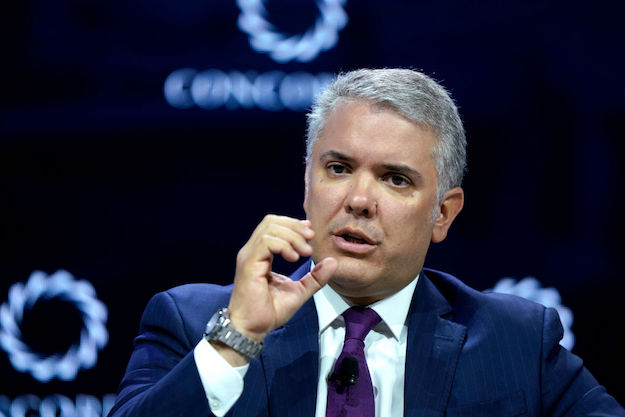BOGOTÁ – After decades of successful coca eradication efforts, recent years saw a dramatic increase in illegal crops grown in Colombia. The total area cultivated with coca plants – the key ingredient for making cocaine – almost tripled from 78,000 hectares in 2012 to 209,000 in 2017.
Many authors have attempted to explain the reasons for this surge, though a primary factor was the discontinuation of aerial spraying with glyphosate, an herbicide used to kill both broadleaf plants and grasses. This discontinuation was one of the conditions imposed by the Revolutionary Armed Forces of Colombia (FARC) in its peace deal negotiations, and was accepted by the previous administration.
President Iván Duque inherited this problem upon his inauguration a little more than a year ago – and despite the adverse circumstances, the government has made progress. In June, the U.S. Office of National Drug Control Policy (ONDCP) published a report showing that the five-year trend in the growth of coca crops has finally been reversed. The ONDCP report states that in 2018, the area planted with coca fell from 209,000 hectares to 208,000. Albeit small, this is the first time there has been a decrease since 2012.
The decrease is significant because it shows the determination of the government, which believes it can expand on these results in the future. The positive result was due largely to manual eradication efforts, which have increased by 56% since 2017. The total number of cocaine shipments seized has also increased. Colombian authorities have confiscated about 332 tons of chloralhydrate of cocaine, 45 tons of coca base, and 247 kilograms of heroin since Duque took office.
All of this implies a huge human effort. Over 12,000 people devote themselves to this high-risk mission, daily facing land mines and snipers.
As a result of the reduction in the cultivated areas, there has also been a reduction in the production of cocaine in Colombia from 900 to 887 metric tons. Some might say this is barely noticeable, but what matters here is the downward trend.
It was about time that the efforts led by Duque, the Colombian Ministry of Defense and the Colombian Armed Forces were recognized internationally by the ONDCP, an agency ascribed directly to the White House. The resumption of aerial spraying in the near future, which is being considered after a long debate, should have a much more significant impact in the reduction of illegal crops and the production of cocaine.
Attacking production is only half of the equation. We hope that our partners in consuming nations will show as much determination in fighting demand. Only a combined effort will have the needed impact over the long term.
—
Plata is the former minister of trade and industry of Colombia








